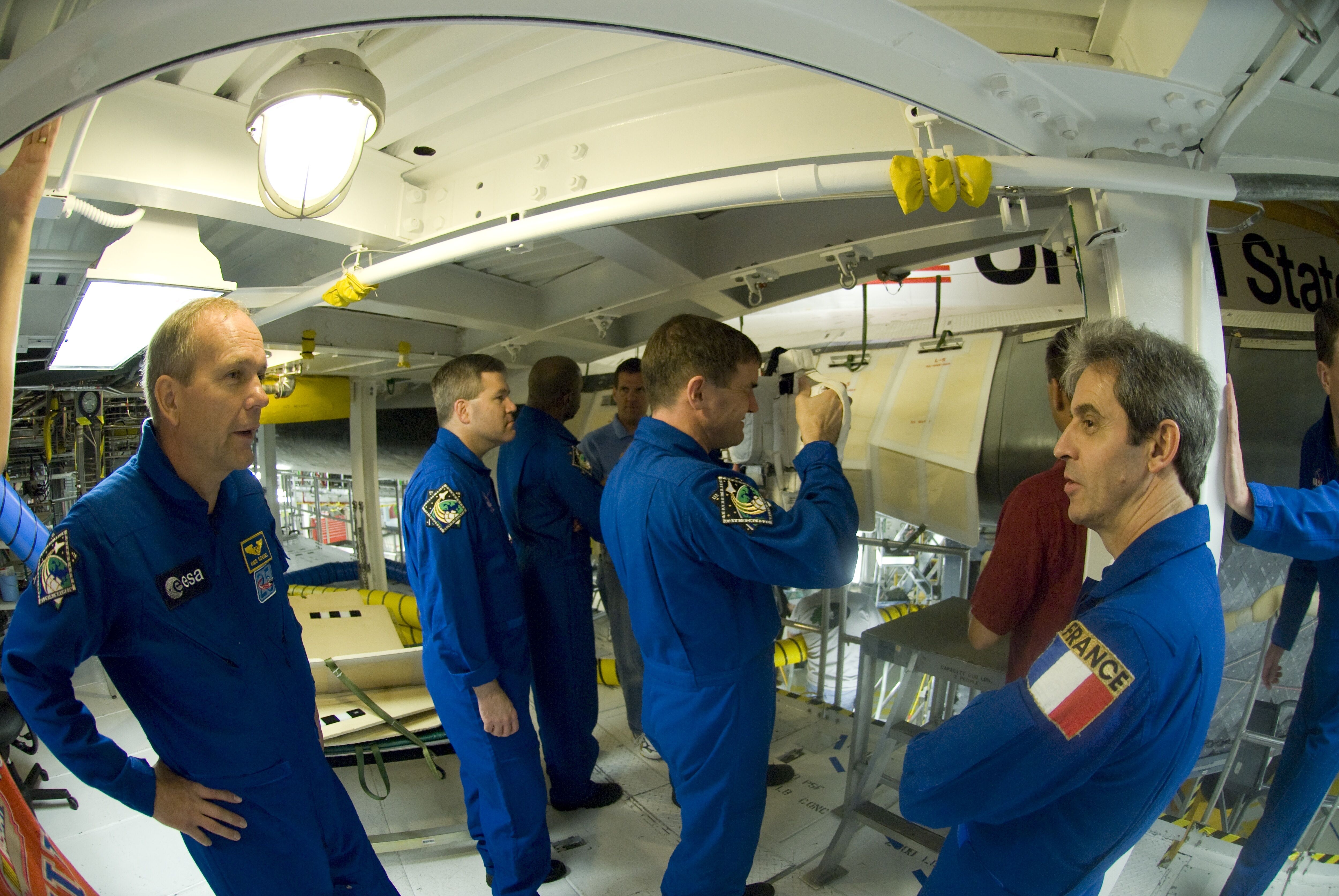Columbus LaboratoryLéopold Eyrharts, Hans Schlegel, Columbus mission
Columbus Laboratory integration
Please sign in to download.
ESA's Columbus laboratory will become one of the principal manned modules of the International Space Station (ISS) when it is launched in late 2002 aboard the US Space Shuttle. In this pressurised laboratory, European astronauts and their international colleagues will work in a comfortable shirtsleeve environment. It is a state-of-the-art, general-purpose laboratory, accommodating experiments in life sciences, materials processes, technology development, fluid sciences, fundamental physics and other disciplines. Up to 500 experiments will be performed in it every year of its more than 10-year operational life. Measuring 6.7 m long and 4.5 m in diameter, the one-piece module will weigh 9.9 t without its research equipment of 5 t in 10 exchangeable modular racks. Payloads will also be attached on four express pallets on the exterior of the Columbus for technology experiments, Earth observation and space science. It is being developed by a European consortium (41 companies in 14 countries) headed by Daimler Benz Aerospace (DASA).



